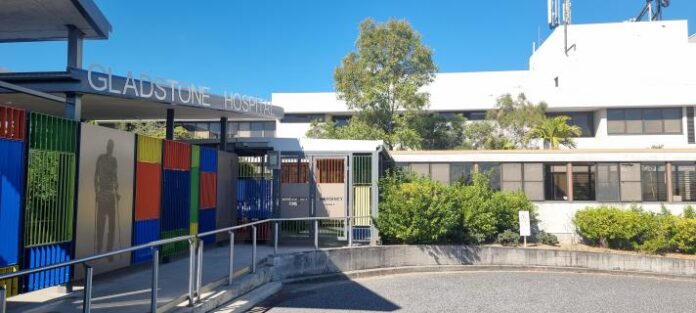
Central Queensland Hospital and Health Service (CQHHS) is responding to heightened demand for emergency services with a focus on optimising patient flow and access across the patient journey.
During the September 2023 quarter, Central Queensland emergency departments cared for 36,973 patients, with all Category one (sickest) patients seen within two minutes.
During that quarter the average wait time across all five triage categories in Central Queensland was 14 minutes.
In Gladstone the monthly total of patients who had an emergency stay of 24 hours and greater was: July, 25; August, 32; September, 18; and October 16.
This is a total of 91 patients from a total of 12,297 patients seen in that time.
Despite this, the majority (75 per cent) of the 36,973 patients were seen within recommended wait times.
As with all emergency departments, there are surges in activity and challenges with bed availability due to demand.
Central Queensland Hospital and Health Service (CQHHS) is using new models of care to reduce patients’ times in emergency departments (ED).
Chief Executive Dr Emma McCahon said the focus was on supporting people in the community to prevent their need to go to an ED, freeing up space for patients with life-threatening conditions.
“Our hospitals work hard to ensure our patients are treated as quickly as possible, which means striving to improve the flow of patients across all of our facilities,” she said.
“We know people are presenting to hospital with more complex conditions and mental health issues, and this requires more admissions to hospital.
“This means sometimes patients have an extended stay in emergency until a ward bed is available, these patients are always closely monitored and treated by doctors and nurses while they are in the ED.”
In Rockhampton the monthly total of patients who had an emergency stay of 24 hours and greater was: July, 218; August, 255; September, 180; and October, 231.
This is 884 patients from a total of 17,891 of patients seen in that time.
Dr McCahon said several initiatives were having an impact in Central Queensland EDs, including:
Appointment of Emergency Department Flow Commanders; senior clinicians to manage the flow of patients from ambulances to the ED.
Initiatives to get long-stay patients into more appropriate settings than hospital, including purchasing private sector aged care beds, and supporting private nursing homes to care for patients with complex needs.
Mental Health Co-Responder Program where a senior mental health clinician and a senior Queensland Ambulance Service paramedic visit people in mental health crisis in their own homes, preventing the need for a visit to an ED.
Additional Allied Health (Physiotherapy, Speech Pathology and Occupational Therapy) and Mental Health clinicians working in the Emergency Department.
Additional doctor and allied health hours on weekends to support early discharge of patients.
Respiratory Rapid Access Service, supporting known patients with a chronic respiratory condition to stay at home and seek specialist advice without coming to hospital.
Allied Health Early Access Team provides rapid access to support patients transition from hospital back home, ensuring patients are discharged safer and sooner.
Hospital in the Home where clinicians provide patients with hospital-level care in their own homes.
Extended hours in the transit lounge and extra staff to support patients ready to leave hospital.
Patient Access Coordination Hub provides an overview of available resources in the CQHHS and ensures the right patient is in the right place at the right time.





